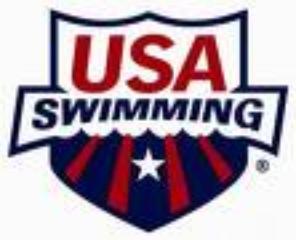Energy Drinks: A No-No For Young Swimmers

The USA Swimming Sports Medicine and Science Committee has carefully reviewed the risks and benefits related to energy drinks and is providing the information below to call attention to the differences between energy drinks and "sports drinks" used for rehydration, to point out the risks associated with such drinks, and to provide suggested alternatives to use of these drinks.
By Jill Castle, MS, RD
Red Bull, Rock Star, Amp, Monster Energy—enticing labels for a tired and thirsty swimmer. Energy drinks are one of the fastest growing segments of drink sales in America and their popularity is growing, especially among youth. Athletes use energy drinks to rehydrate after a workout, boost attention and focus during school, “wake up,” or as a routine beverage at meals. Don’t be misled by something that sounds too good to be true—while an all-in-one drink is tempting, it carries some serious considerations for young athletes. According to the American Academy of Pediatrics (AAP), children and teens should avoid energy drinks.
Confusion exists about the difference between a sports drink and an energy drink, so let’s clear this up. A sports drink contains a small amount of carbohydrate, minerals, electrolytes and flavorings and is designed to replace those nutrients lost through sweating after exercise. Gatorade is an example of a sports drink.
Energy drinks contain stimulants including caffeine, guarana and yerba mate (herbal stimulants) and taurine (an amino acid). Ginseng, if present, enhances the effects of caffeine. Other elements may be added to energy drinks, but their benefits, safety and side effects are questionable. read more...





